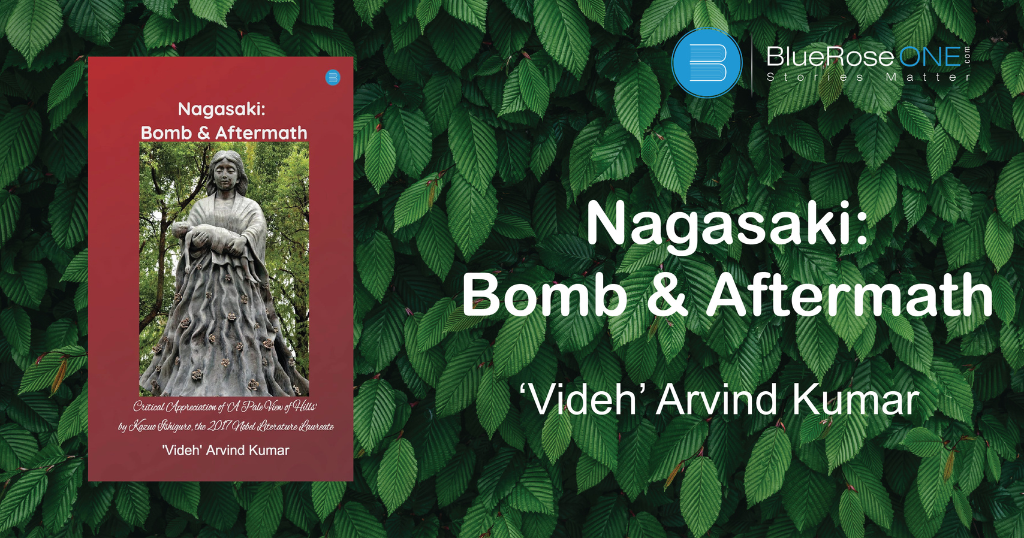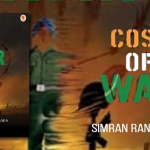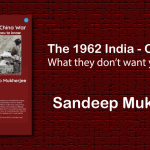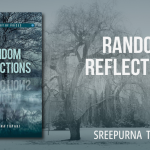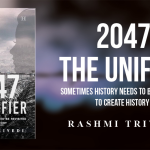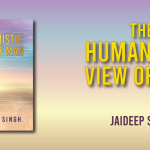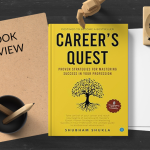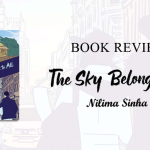Book: Nagasaki: Bomb & Aftermath
Author: Videh Arvind Kumar
Blurb: Nagasaki: Bomb & Aftermath: This is a work of literary study into the first novel ‘The Pale View of Hills’ by 2017 Literature Nobel Laureate, Kazuo Ishiguro, who has narrated in a mesmerising style of story telling the tale of Japanese society undergoing change in the aftermath of the dropping of an atomic bomb.
The Americans not only vanquished and occupied the Japanese military and land by dropping the never-before-heard of the most lethal weapon—the atomic bomb—on two of the Japanese cities, one of which was Nagasaki, which witnessed this technological devastation on August 8, 1945, that is, 77 years ago, but also occupied the minds and hearts of Japanese youth, both men and women. The youth of Japan started decrying everything old and conventional, including the education system and the ideologies of patriotism and nationalism.
Book Review - "Nagasaki: Bomb & Aftermath" by Videh Arvind Kumar
Videh Arvind Kumar’s literary study, “Nagasaki: Bomb & Aftermath,” serves as a profound exploration into the intricate aftermath of the atomic bombing in Japan, utilizing Kazuo Ishiguro’s novel, ‘The Pale View of Hills,’ as a captivating lens. In this comprehensive review, we embark on a journey through the transformative period that followed the cataclysmic events of 1945, witnessing not only the physical alterations wrought upon Nagasaki by the atomic bomb but also the profound shifts in the collective psyche of its people.
Kumar, with meticulous attention, weaves a tapestry of literary analysis, skillfully unraveling the layers of Ishiguro’s narrative. “The Pale View of Hills” emerges as a potent vessel, transporting readers to the heart of post-war Japan, where the scars of the atomic bomb are not confined to the physical landscape but deeply embedded in the collective consciousness of its inhabitants.
Read: Get an Idea on How to Identify a Target Audience for Your Book in Simple Ways.
The review begins by commending Kumar’s exploration of Ishiguro’s storytelling style. The narrative technique employed by Ishiguro is dissected with nuance, showcasing the author’s adept navigation of the complexities inherent in Japanese society undergoing a profound metamorphosis. The meticulous examination lays bare Ishiguro’s ability to intertwine personal and societal changes seamlessly, creating a narrative that resonates on both individual and collective levels.
Central to Kumar’s analysis is the profound impact of the atomic bomb on Nagasaki, a city forever marked by technological devastation. The review navigates through the aftermath, vividly illustrating how the bomb not only altered the physical landscape but also invaded the hearts and minds of the Japanese youth. The occupation of minds becomes a metaphor for the sweeping changes in ideologies, patriotism, and nationalism that reverberated through the nation.
A notable strength of Kumar’s review lies in its exploration of the societal transformation depicted in Ishiguro’s novel. The youth of Japan, portrayed with depth and sensitivity, emerges as a microcosm of a nation in flux. Kumar scrutinizes the rejection of tradition, the questioning of conventional norms, and the reevaluation of nationalistic ideologies with profound insight, offering readers a nuanced understanding of the psychological impact of war.
Kumar adeptly guides readers through a historical reverie, contextualizing Ishiguro’s work within the broader landscape of post-war Japan. The review, with finesse, interweaves historical events with literary analysis, transcending the boundaries of a conventional critique. It not only celebrates the literary merits of Ishiguro’s work but also provides readers with a comprehensive understanding of the socio-political milieu that serves as the backdrop to the narrative.
Read: Amazon Ads for Authors: How Authors Can Promote Their Books Through Amazon Ads
In conclusion, “Nagasaki: Bomb & Aftermath” by Videh Arvind Kumar stands as a commendable work of literary exploration, and Kumar’s review elevates this exploration to new heights. The essence of Ishiguro’s narrative brilliance is captured with finesse, unraveling the complex layers of a society grappling with the aftermath of war.
Through meticulous analysis, Kumar invites readers on a captivating journey through time, offering a poignant reflection on the enduring impact of historical traumas. This literary exploration transcends the boundaries of a traditional book review, standing as a testament to the power of storytelling to illuminate the human condition in the face of adversity.
Publish your book with BlueRoseONE and become a bestselling author. Don’t let your dream of becoming an author fade away, grab the opportunity now and publish your book – be it fiction, non fiction, poetry or more.

